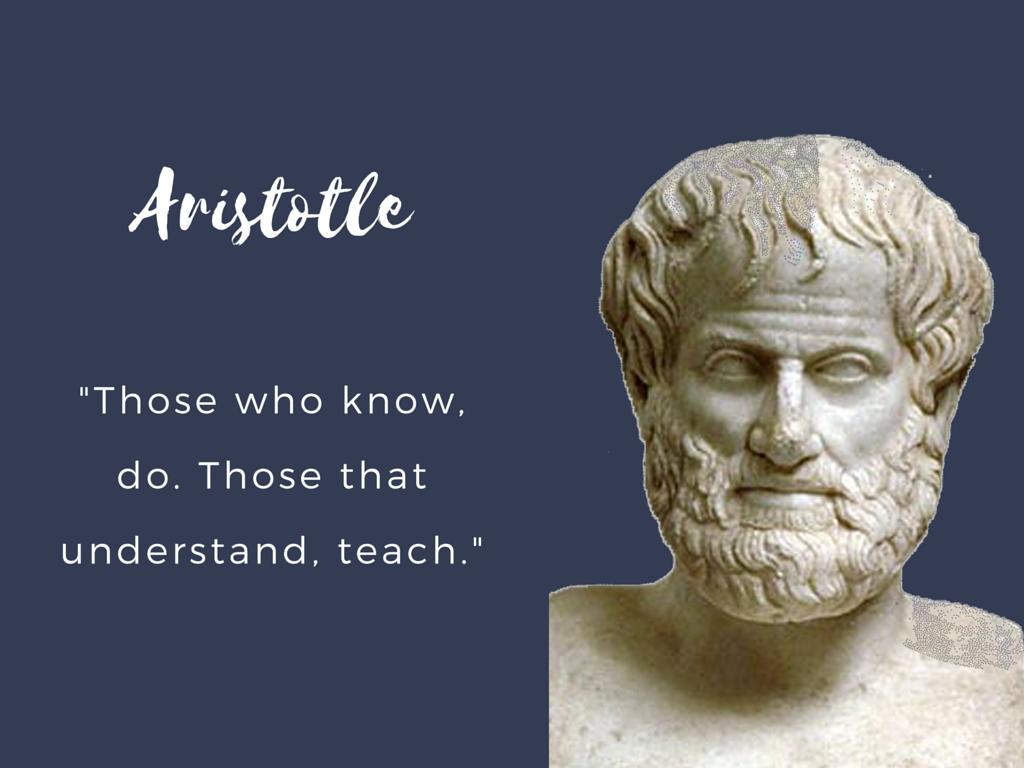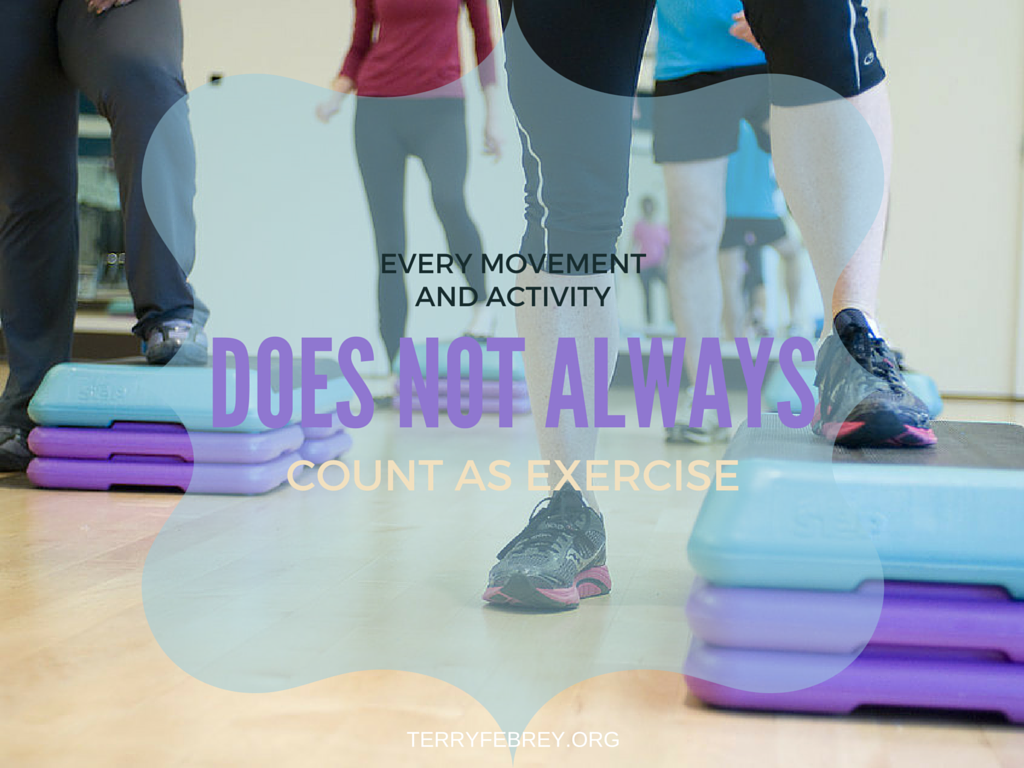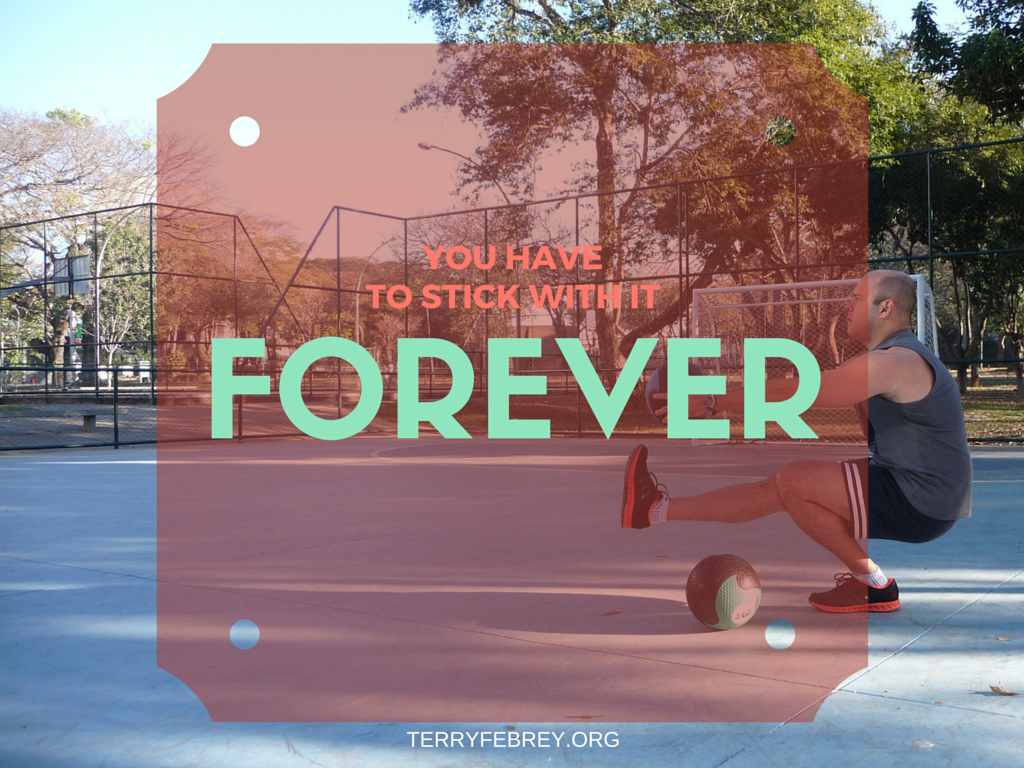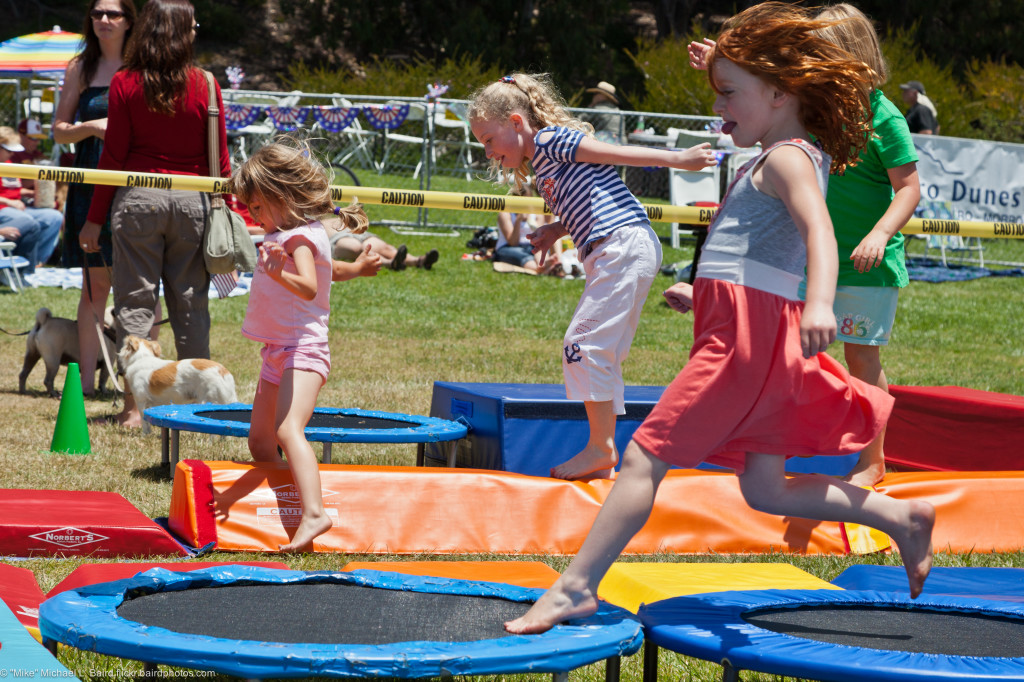New Teachers Should Get An Induction Year
Teaching is one of the toughest jobs around.
When new teachers graduate and begin teaching, sometimes the environment and the responsibility and the finesse that goes along with teaching well can be extremely overwhelming.
That is why the idea of an induction year has been introduced in such places as Switzerland, France, China, New Zealand, and Japan and has been met with success across the board!
So, what is an induction year? It is when a novice teacher, instead of going straight into heading their own classroom, can instead shadow and be mentored by a seasoned, more experienced teacher for a year or two.
To have a thorough and successful induction of a new teacher, a few factors must be put in place:
- Trained or seasoned mentors who can provide invaluable feedback and advice
- An environment to observe and analyze classroom best practices
- Limited workload as to not overwhelm and encourage observation
- Cooperative planning time with senior teacher
- Opportunities outside the classroom to further education: seminars and literature on a variety of teaching-related topics
Sounds like a great way to prepare new teachers, right? So why aren’t all countries adopting this way of educating and supporting their teachers?
It comes down to resources. It takes time to be mentored and to mentor someone. For this induction to work properly, there needs to be time in a day to discuss teaching and the challenges that come with it. Without this meaningful discussion, the new teacher will lose a lot of valuable feedback.
It also takes a good mentor, not just a seasoned teacher, to truly teach a new teacher. And to be a good mentor, training is likely required, adding to the time spent dedicated to this induction venture. It has been shown that induction is most effective over long periods of observation and analysis and critique.
8 Truths About Exercising
Learning Life Lessons from Organized Sports
The life lessons your children will learn from organized sports are invaluable. Kids are taught how to actively partake in team building exercises, while learning the value of participation, goal setting, and responsibility. Concepts such as competition and commitment are instilled in children, allowing them to carry some of those lessons with them for the rest of their lives. Below is a list of some important developmental characteristics kids are taught when partaking in team sports and activities.
Socializing and Getting Along with Others
Kids of different backgrounds are often put together in the same teams. Children who go to different schools, or live in different towns are placed together to learn and grow. Team sports foster social behavior among kids, despite any differences between them. Interacting with kids of different personalities or skills, and social or ethnic backgrounds provides kids with invaluable life lessons they can carry with them well into adulthood. Kristin Chessman of She Knows suggests enrolling kids into organized sports in order to foster in them an understanding of diversity.
Competition
Winning isn’t everything, but it is important. Life is somewhat about competition. In competition, an individual either wins or loses. Placing kids in an environment where they can potentially feel the euphoria of winning, or the heartbreak of losing is important for character development. If children hope to compete and succeed, they will inevitably need to understand how important effort is in order to achieve their goals.
Hard Work and Dedication
Once your children are a bit older, they’ll realize that it is difficult to succeed without hard work. Kids eventually realize that hard work can make them play and perform better on and off the pitch, court, or rink. Developing a hunger for success can only be created by understanding that goals are met with exceptional effort. Participation is simply not enough.
Breaking Entitlement
It’s in kids’ nature to feel entitled – especially when it comes to fun. Nothing is a more entitlement-breaking experience than having to sit on the bench during games. In organized sports, children learn a very difficult lesson: kids with more skill naturally earn more playing time. According to Annette Christiansen of Education Week, the concept of earning playtime is a difficult, but absolutely necessary lesson. This will push kids to practice and work harder in order to achieve their goals.
Problem Solving
Organized sports presents an array of problems that require millisecond decision making. Observing the manner in which another team plays, and adapting to that style is an important manner in which kids learn on the field. Figuring out how to defend against certain attacks, or how to penetrate an opponent’s defense allows kids to apply problem solving skills in competitions. This stirs kids to use creativity to solve problems as well.
If you liked this post and would like to read more on child development news and information, check out my twitter @TerryFebrey. Thanks for reading !
Get Your Child Active with these Valuable Tips
The CDC recommends that children and adolescents spend up to 60 minutes a day undertaking aerobic physical activity. Reports have shown however that children often fall short of this goal. According to the American Heart Association, the obesity rate among children and teens has risen dramatically over the past twenty years.
Among children ages 6-11, about 15 percent of children are overweight. Among children and adolescents between the ages of 12-19 on the other hand, 16.1 percent are overweight. Children are naturally more active than adults. However, as they approach adolescence, children become increasingly less active. Now more than ever with the advent of video games and computers, children are becoming less attracted to the draws of physical activity in the outside world. If you’re looking to get your child more physically active throughout the week, try some of these tips from Sarah Henry of WebMD.
Enroll them in Sports
An obvious choice to getting your child more active is enrolling them in a sports program. Sports like basketball, hockey, and soccer are great ways for children to engage in physical activity while also socializing with other children. Teamwork and collaboration are important aspects to any character building process, therefore making team sports a great way of promoting proper physical and mental health.
Have them Perform Other Activities
If for whatever reason your child is not adapting well to team sports, or simply dreads the sport you put them into, get creative. Conventional sports may simply not interest your child, so it’s important that you try something different. Martial Arts, swimming, and wrestling are some great activities that stray away from the traditional organizational fabric of conventional sports. Other activities like dancing, rock climbing, and biking can be especially good ways of promoting physical activity.
Make Exercise Part of their Routine
By making exercise and physical activity as important as going to school, working, eating, and sleeping, it will be difficult for a child to ignore the importance of exercise. Instilling in them that sense of routine makes it much easier for children to pursue regular physical activity, even once they’ve strayed from the nest. Yet for this to work, it is vital that you:
Join In
Children love playing with their parents. Playing with your children has lasting social and emotional benefits. Encourage your child’s physical and mental wellbeing by actively engaging with them in physical activity. Whether this means taking your family on a hiking trip, or simply playing catch with them in the backyard, parents can act as catalysts to their own children’s physical activity. This is vital to the development of children.
Don’t Forget to make it Fun!
For young ones with developing attention spans, fun is priority number one. Make sure that you don’t turn a physical activity into a chore. Therefore, don’t be forceful, and make sure they (and you) are having fun.
If you like this post and would like to read more on youth physical and academic education, check out my twitter @TerryFebrey for more. Thanks for reading!
Lessons From A Mentor
Not everyone is lucky enough to say that they have had the beneficial experience of having a dedicated and knowledgable mentor. However, those of who have been lucky enough, will tell you how absolutely essential their mentor’s advice and guidance was to their own success.
Here are the best bits of direction you could hope to get from a mentor:
Do not be the first to name numbers.
When is comes to salary negotiation or parlaying a numerical amount, it is generally thought that the person who gets to counter an offer has the upper hand. You do not want the possibility of saying you want a salary of a certain amount when the employer has budgeted for more – then you lose that difference!
Be bold and enthusiastic.
It is absolutely true that first impressions last a lifetime. So, when meeting important individuals for the first time, you do not want to let those opportunities pass. After a job interview, consider saying something like, “I am very interested in the position. What else can I do to show you that I am a great fit for the job?” That may be the difference between hiring you and the person walking in just after you!
Short and concise is key.
When it comes to the professional world, time is money – we all know this. So, when communicating via email, in person, over the phone, make sure you stay on topic, and get to the point as soon as possible. No one wants to read an email three paragraphs long unless it is from an old friend. No one wants to have a rambling conversation in person or over the phone that goes on and on without a point or resolution. It is always best to stick to the point, keeping it short and sweet. No one will ever fault you for that.
Top 5 – Infographics
How To Teach Children To Enjoy Physical Activity
A love for and appreciation for physical activity and fitness is best instilled in a child early on. Without it, kids are more at risk for obesity and related diseases due to lack of physical health.
Did you know that only one out of three children are active every day?
Also, kids and teenagers spend, on average, 7 hours playing video games, watching television, using a computer, and texting on phones.
While one in three children are active every day, one in three children are also considered overweight in the United States.
So, how do you instill a passion, a need, for physical activity in children?
- Ask around: it is not a bad idea to consult your child’s pediatrician for advice for how to talk to them about the importance of physical activity, the doctor may even talk to them for you! Also, a doctor can suggest activities or sports for your child to get involved in.
- Have fun: search for a sport or activity that your child will enjoy. Try a few out. Get the whole family involved. A fit family is more likely to stay fit than just one member alone.
- Be age appropriate: having your 7 year old run a marathon or do weight training is unrealistic and perhaps too intense. Instead, use tools like bicycles and soccer balls and pools to make exercising fun!
- Toys that do more: when purchasing toys and play equipment for your child, consider options that involve physical activity. Jump ropes and balls are toys that require being physical to use them.
- Do as I do: set an example for your children by also valuing physical fitness. If they see you exercising and enjoying it, they will be more likely to do the same.
- Limit screen time: since the average amount of time per day spend on electronics is 7 hours, a lot can be said for just turning those appliances off! Limit your kids time in front of screens and gear their attention to more active, physical past times.
Sports Education Across The Globe
Physical education in the United States is regulated on a national scale. According to the National Association for Sport and Physical Education, a PE program must be taught by a certified physical education specialist, teach curriculum that can be learned by all students, and offer material that is educational and appropriate. Also, NASPE states that elementary classes should have at least 150 minutes of PE per week and 225 minutes for secondary classes.
These regulations made me think about other countries and their physical education programs, and I was curious about what that looks like. So, I did the research and found out about PE across the world!
CHINA.
The China Law of Physical Education and Sport states that schools must allocate time for students to have PE in order to meet national fitness standards, offer after-school physical activities, training, and competitions, and conduct a physical examination of each student.
SCOTLAND.
There are no national regulations for PE in Scotland. However, there is a non-departmental organization, Learning and Teaching Scotland (LTS), that is sponsored by the government to support and develop public education curriculum. At the elementary level, PE is movement based. At secondary level, PE changes to focus on specialized skills and fitness.
NEW ZEALAND.
The New Zealand Ministry of Education combines health education, physical education, and home economics to achieve 4 goals of the curriculum framework. The 4 goals are: personal health and physical development, movement concepts and motor skills, relationships with other people, and healthy communities and environments.
HUNGARY.
PE is 1 of 10 Core Domains of Education in the Hungarian National Core Curriculum (NCC). There are 4 key concepts: health improvement and healthy physical development, improving fitness and mental adaptation and condition, transmission of knowledge about exercise, and entertainment, joy, satisfaction, and the desire to compete.
College Enrollment Declines – Second Year in a Row
The Census Bureau reports that college enrollment in the United States has declined again this year, marking it a second year in a row that a drop of this magnitude has been recorded.
Additionally, the report is showing that the two-year drop was larger than any college enrollment drop before the recession. The Census Bureau has been recording and collecting data on college enrollment since 1966.
Interestingly, business trends directly effect college enrollment statistics. A large portion of the decline took place in two-year institutions more commonly known as community or junior colleges.
The statistics provide information by race, income, type of college, employment status, age, sex, foreign-born percentage, full or part time, private/public school, as well as vocational course enrollment.






























